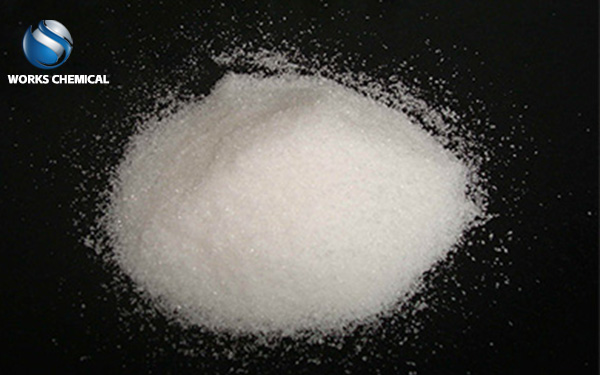
Municipal sludge does have the problem of difficult treatment and high water content, which is mainly affected by the characteristics of the sludge itself, the treatment process and environmental factors. Here is a detailed analysis of the problem and possible solutions:

Reasons for the high water content of municipal sludge
High microbial content: there are a large number of microorganisms in municipal sludge, which are usually introduced by biological treatment agents such as activated sludge added during the sludge treatment process. The growth of microorganisms requires water, so the high microbial content is one of the important reasons for the high water content of municipal sludge.
High organic content: The organic matter in municipal sludge is easily dissolved in water, so the high organic content is also another main reason for the high water content of the sludge.
Effect of treatment process: The treatment process in the sludge treatment process will also affect the water content of municipal sludge. Common treatment processes include press filtration, centrifugation, drying, etc. For press filtration and centrifugal processes, due to the nature of their operation, the sludge moisture content of these processes is relatively low, but there are certain limitations, such as the possibility of processing sludge with very high moisture content. The drying process can be applied to a wide range of pollutants, but the moisture content of the treated sludge may still be high.
Environmental factors: climate and seasonal changes will also affect the moisture content of sludge. A humid environment will lead to an increase in the moisture content of the sludge, while a dry environment will lead to a decrease in the moisture content of the sludge. In addition, the storage and transportation conditions of the sludge will also affect its water content, and if the conditions are poor, it will lead to a higher water content of the sludge.
Two. Influence of high moisture content on sludge treatment
Increased processing difficulty: sludge with high moisture content is more difficult to transport, store and treat, requiring more equipment and human input.
Reduce resource utilization rate: In the process of resource utilization such as incineration or composting of sludge with high moisture content, it will lead to energy waste and air pollution and other problems, and reduce the resource utilization rate of sludge.
Increase environmental risks: sludge with high moisture content has strong fluidity and is easy to lose and leak, causing pollution risks to the environment and groundwater.
Three, solution
Centrifugal dehydration: The centrifugal force generated by the high-speed rotation of the centrifuge is used to separate the water in the sludge. This method can quickly reduce the moisture content of the sludge, usually reducing the moisture content of the sludge to less than 80%.
Filter dehydration: including plate and frame filter and belt filter. Through the action of pressure, the water in the sludge is squeezed out to form a dry filter cake. In particular, the plate and frame filter press, although the infrastructure investment is large, the treated sludge moisture content is low, and the filtrate is clear.
Adding chemical conditioners: such as flocculants (such as polyacrylamide PAM), coagulants, etc., can improve the dewatering performance of the sludge. These conditioners can aggregate sludge particles into a group and facilitate dehydration through the functions of electrical neutralization, adsorption and bridging.
Natural drying: the sludge is spread out in a sunny and well-ventilated place, and the water in the sludge is gradually reduced by natural evaporation. However, this method covers a large area and is limited by weather conditions.
Hot air drying: the use of high temperature hot air to evaporate the water in the sludge. This method can reduce the moisture content of sludge quickly, but the energy consumption is high.
Solar drying: The use of solar energy for sludge drying is an environmentally friendly and economical choice. However, it is also subject to weather conditions and requires a larger footprint.
Anaerobic digestion: under anaerobic conditions, organic matter in the sludge is degraded through the action of microorganisms, and energy such as biogas is produced. This method can not only reduce the moisture content of the sludge, but also realize the recovery and utilization of energy.
Aerobic digestion: Under aerobic conditions, the sludge oxidizes itself through microbial respiration, reduces the content of organic matter, and improves the stability of the sludge. Compared with anaerobic digestion, aerobic digestion is faster but consumes more energy.
Curing treatment: the sludge is mixed with curing agents (such as cement, gypsum, etc.) to form a solid and stable. This method can reduce the sludge volume, reduce the water content, and facilitate subsequent disposal.
In summary, to solve the problem of high water content of municipal sludge, a variety of methods need to be considered comprehensively. In practical applications, appropriate treatment methods or combinations of treatment methods can be selected according to the specific properties of sludge, treatment costs, environmental requirements and other factors.